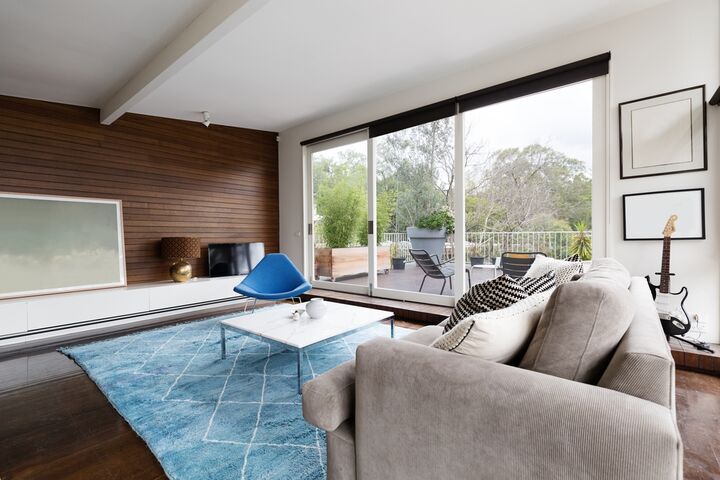
The Mid-century modern design
The mid-century modern design is an architectural and interior design concept that describes the 20th century developments in the said fields and urban development from the years estimated to be 1933 to 1965. The term was first used in 1983 by Cara Greenberg in one of her books entitled “Mid-Century Modern: Furniture of the 1950s”, emphasizing that the style is now recognized as a design movement.
The characteristics of the mid-century modern design
The mid-century modern design refers to the design commonly used in the 40s, 50s, and 60s. It aims to bring modernism to the post-war suburbs, thus creating infrastructures with windows and open floor plans so that the outdoors will be present indoors. The design elements include:
1. Danish-inspired – the design is greatly influenced by the Danish design which highlights the use of teak, oak, rosewood and walnut in the furniture.
2. Simplicity – the use of geometric shapes, clean lines and organic curves are some of the features of the mid-century modern design.
3. Materials – the mid-century modern design use materials such as plastic, stainless steel, plywood and various types of wood.
History of the mid-century modern design
The mid-century modern design was conceptualized by architects who fled the rise of Nazi Germany such as Walter Gropius and Marcel Breuer. They then taught in Harvard Graduate School of Design together with Ludwig Mies van der Rohe who later founded the Second School of Chicago.
World War 2 came with some new materials such as steel and plywood which were used in construction after the war. The mid-century modern design was clearly established after the Word War 2 where the houses had open floor plans and large sliding-glass doors as compared to the traditional design which only has 4-5 feet of window. The windows of the mid-century modern design encouraged people to go outside and become environmentally stimulated.
Nowadays, the mid-century modern design is on its come back and is becoming popular among homeowners and designers.
Unique features of the mid-century modern design
The mid-century modern design is a mixture of classic appearance with clean lines and a touch of minimalism. Here are some of the distinguishing features of the mid-century modern design:
1. Form follows function
2. Clutter less and sleek lines with organic and geometric forms
3. Ornamentation that are minimal
4. The use of various traditional and non-traditional materials
5. Proximity of different and contrasting materials
Mid-century modern design ideas for your home
Here are some ideas you can use to have that mid-century modern design into your home:
1. In touch with nature – the presence of large window and sliding doors, patios bring the indoor to the outside and the outdoor to the inside. These elements create a connection with the environment which would have positive effects to the body as well as the home interior especially when you are reading your book or any activity thereof.
2. Addition of iconic furniture – you may opt to invest in one signature furniture and add other pieces to complement the appearance.
3. Simple lines and pure forms – add furnishings and decorative items which can be highlighted when displayed.
4. The use of fabric with graphic patterns – you can go to shops which sells items with mid-century era themes.
5. Stylish lighting – examples are Sputnik chandeliers, bubble lights and Arco floor lamps. These lights can serve both as a source of light as well as a decorative item.
6. Modern kitchen of the mid-century modern design represent the future with the addition of shiny new appliances, bright colors and space age surfaces. It is recommended to remove the paneled cabinet doors and replace them with frame less models. You may also add linoleum or colorful tiles for the flooring.
7. Mix and match colors – you may comfortably pair colors such in the home interior, whatever that is pleasing to the eye of the homeowner may be used as the color of your rooms.




